If you ask me, lightning is one of the ultimate of nature's wonders to capture in a photograph.
Of course, the difficulty with photographing lightning is getting the timing just right so that you can take spectacular photos like the one you see above.
There are a million tutorials out there on how to photograph lightning.
But what I want to discuss in this article is the one piece of photography gear that will help you get better quality photos of lightning more often - a lightning activated shutter release (LASR).
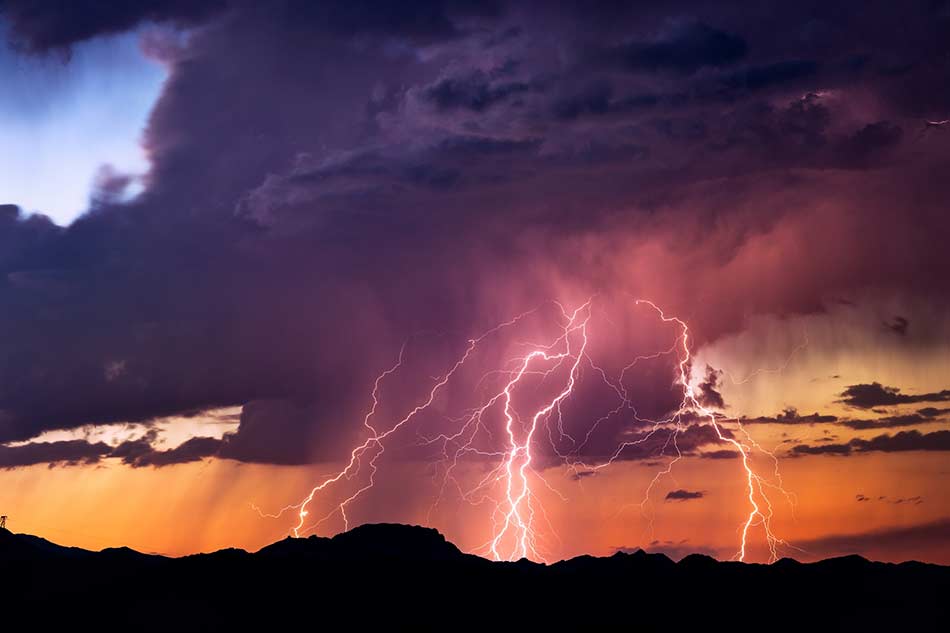
In this LASR buying guide, you'll learn all about the must-have features you need to get the best shots.
It's All About Detectability
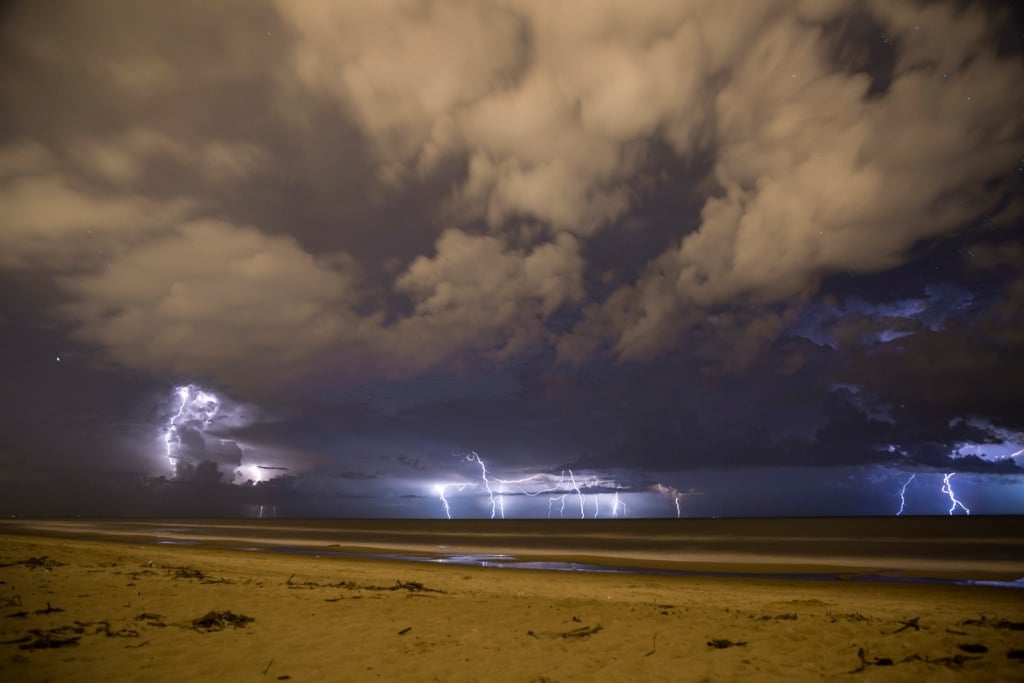
When you observe lightning with the naked eye, even though it might seem quite close, it might actually be many, many miles away. You even might see a brightly lit summer thunderstorm with dark clouds and brilliant ground flashes that you wish you could capture in pixels.
That can cause problems for low-grade LASRs (even high-priced ones), which can't detect lightning in the bright daytime, nor detect lightning flashes at a distance.
Investing in a good, quality LASR means that you get the ultimate in sensitivity for unsurpassed performance.
In fact, some LASRs can detect lightning flashes up to 25 miles away during the day and a whopping 40 miles away at night.
Now that's going to help you get some awesome shots!
LASRs Should Have Fast Response Times
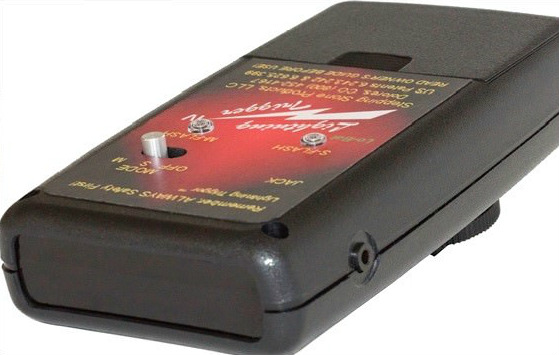
The whole point of using a LASR is to enable your camera to snap a photo of lightning as it occurs.
Yet, some devices don't do a very good job of the very thing they were built to do!
For the best results, you want a LASR that's lightning fast - pardon the pun.
The best LASRs money can buy are the Lightning TriggerⓇ LT-3 and LT-IV by Stepping Stone Products, LLC.
In fact, these triggers are up to seven times faster than other devices due to their patented stepped leader-ground flash detection.
Not only do these triggers have fast response times, but they're accurate too - single and multi-pulse modes reduce intracloud and out-of-field-of-view responses.
With that accuracy, that means you have a much better chance of getting those high-quality lightning photos that you're after.
Look for Something That Offers Compatibility
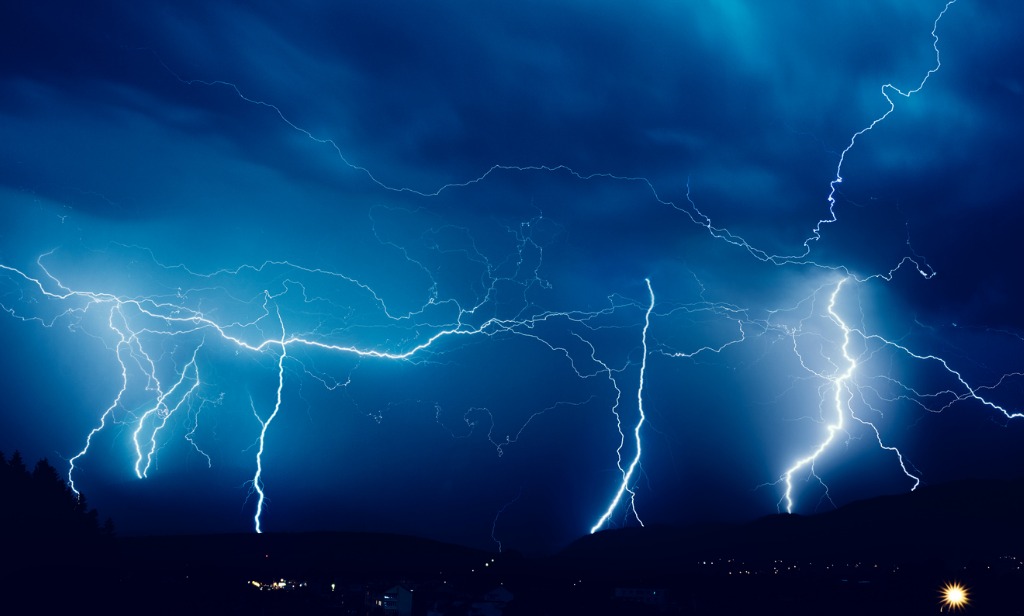
Sure, you might shoot primarily with a Sony a7R II at the moment, but in a couple of years, you might upgrade to whatever the big, bad Sony camera is (or you might even switch to Canon, Nikon, or another brand).
The point is that you don't want to invest in a LASR that is only compatible with your current camera.
Instead, do your research and buy a LASR that's future-proof and that will work with whatever rig you use.
In many cases, all you have to do is buy the release cable for your specific camera and you're ready to go!
Automatic Settings are a Plus
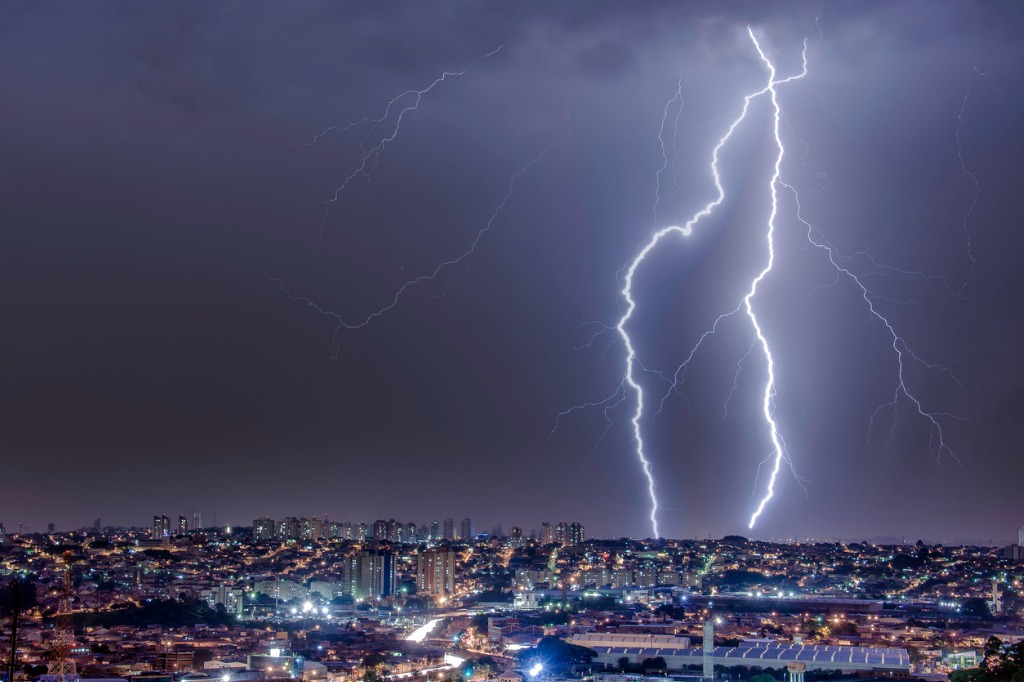
Sometimes you'll be out during the daytime to photograph lightning, other times you'll be out at night.
What you don't want is to have to make manual adjustments to your LASR.
Instead, opt for a LASR with automatic gain control, which allows the trigger to sense the light level at any time of day automatically.
What's more, devices that allow automatic metering will help activate the system to maintain the correct exposure as ambient light is changing with minimal shutter lag time.
That's a combination of automatic camera settings that will help you take your lightning photography to the next level!
You Want Quality
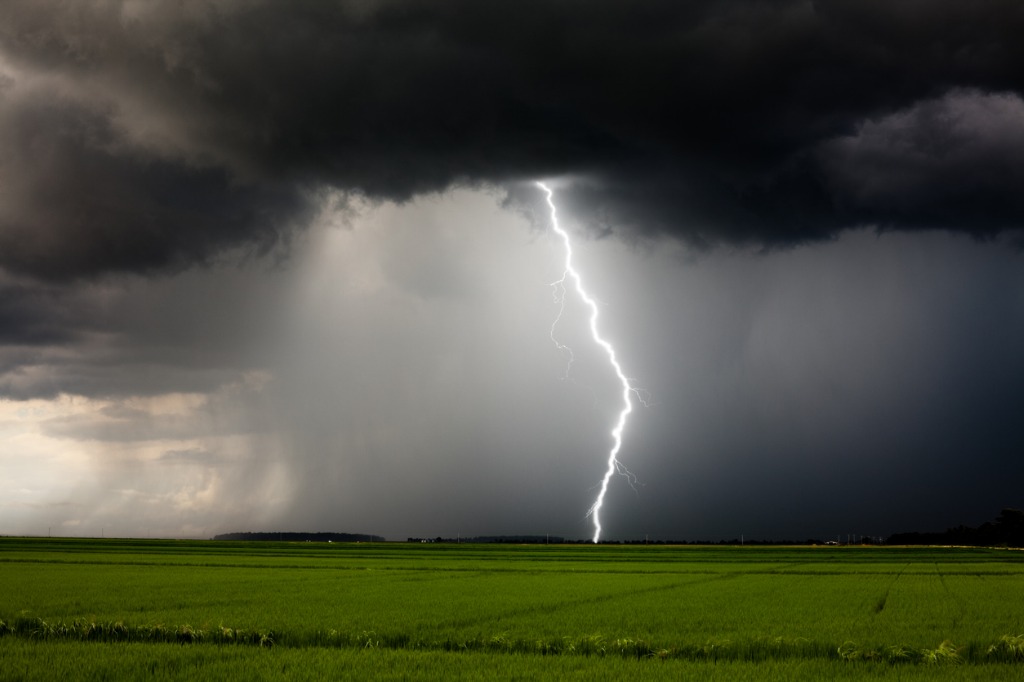
Obviously, when buying a LASR you don't want to spend your money on something that's going to fall apart after a few uses...
Some companies offer 1-year warranties on their rigs; others offer 5-year warranties.
But Lightning TriggerⓇ bests that by a longshot with a full 15-year warranty on their LT-3 and LT-IV triggers.
That's the kind of peace of mind you want when you're out in the rain, wind, and hail with your gear!
Better still, Lightning TriggerⓇ has a long-standing reputation for having one of the best technical support teams in the business. Just let them know what problems you're having, and they'll work with you to find a resolution!
So, don't buy the first LASR you come upon. Instead, do some research and invest lightning photography gear that's intelligently designed, easy to use, durable, and affordable!
This blog post about the topic "How to Photograph Lightning: Lightning Activated Shutter Release Buying Guide" was first published on our website here https://www.photographytalk.com/landscape-photography/8591-how-to-photograph-lightning-lightning-activated-shutter-release-buying-guide